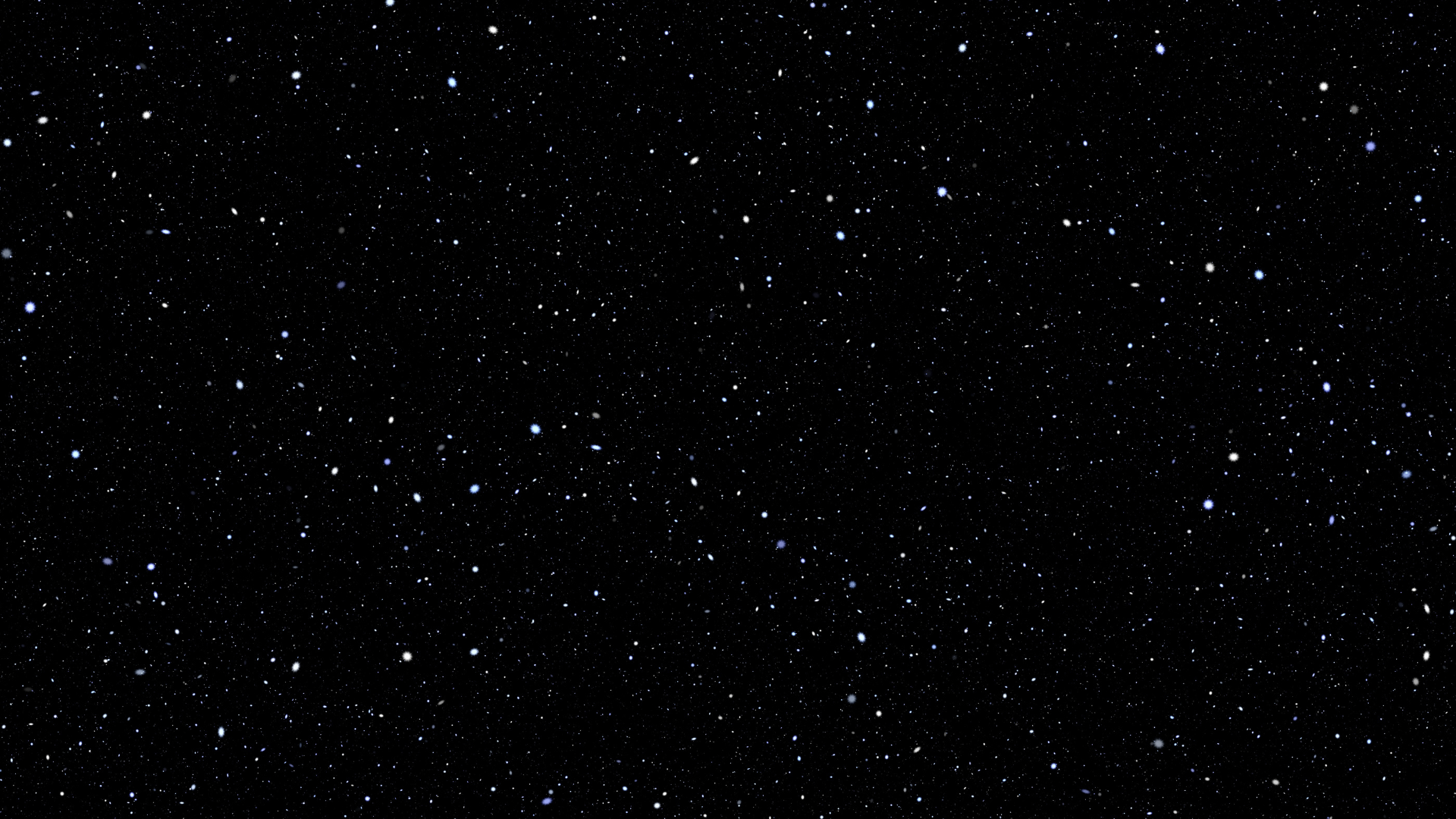Joachim Trier’s Oslo, August 31st is an unflinching exploration of depression, addiction, and the weight of past choices. The film follows Anders, a recovering drug addict, as he spends a day in Oslo, revisiting old haunts and encountering people from his past. The story is set within a 24-hour period, but its psychological depth extends far beyond its timeframe.
The film captures the bleakness of existential despair. Anders is physically present, but emotionally detached, as if watching his life from the outside. The psychological struggle is in the tension between his desire to reintegrate into society and the overpowering feeling that he’s irreversibly damaged. He’s haunted by past mistakes, and even as he moves through the city, the memories of his addiction and the relationships he has destroyed shadow his every interaction.
The film mirrors Anders’ internal turmoil through its visual and auditory design. The muted colour palette of the city underscores his emotional numbness, while the conversations he has with friends, who are now settled into their lives, highlight his sense of alienation. Every scene seems to pulse with a quiet, unspoken dread—a reflection of Anders’ own inability to articulate his emotional devastation.
Oslo, August 31st tackles themes of shame, hopelessness, and the paralysis that often comes with depression. Anders’ sense of failure and self-loathing is palpable, especially in moments of solitude when he’s left alone with his thoughts. His conversations reveal a longing for redemption, but also a deep scepticism that it is possible.

